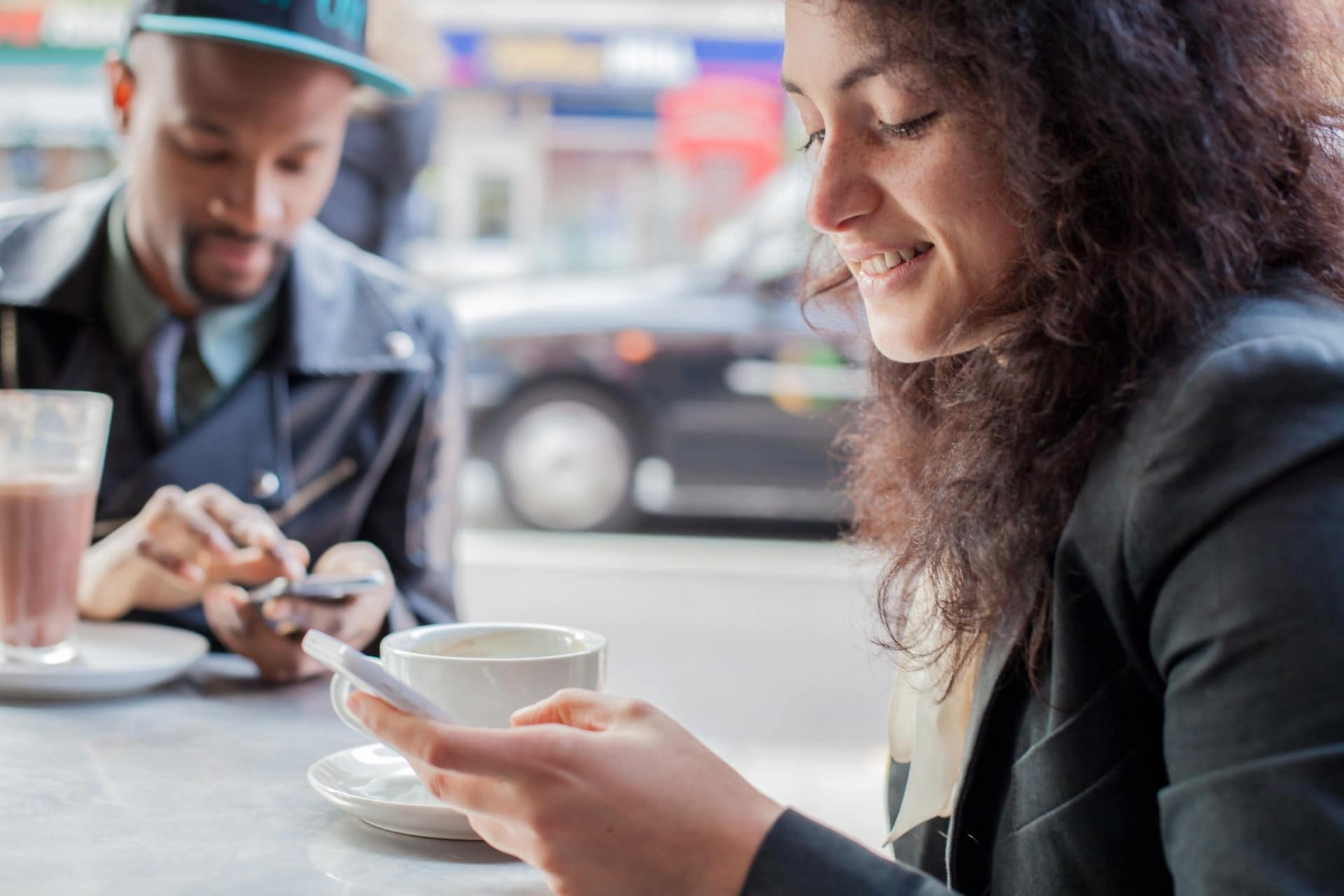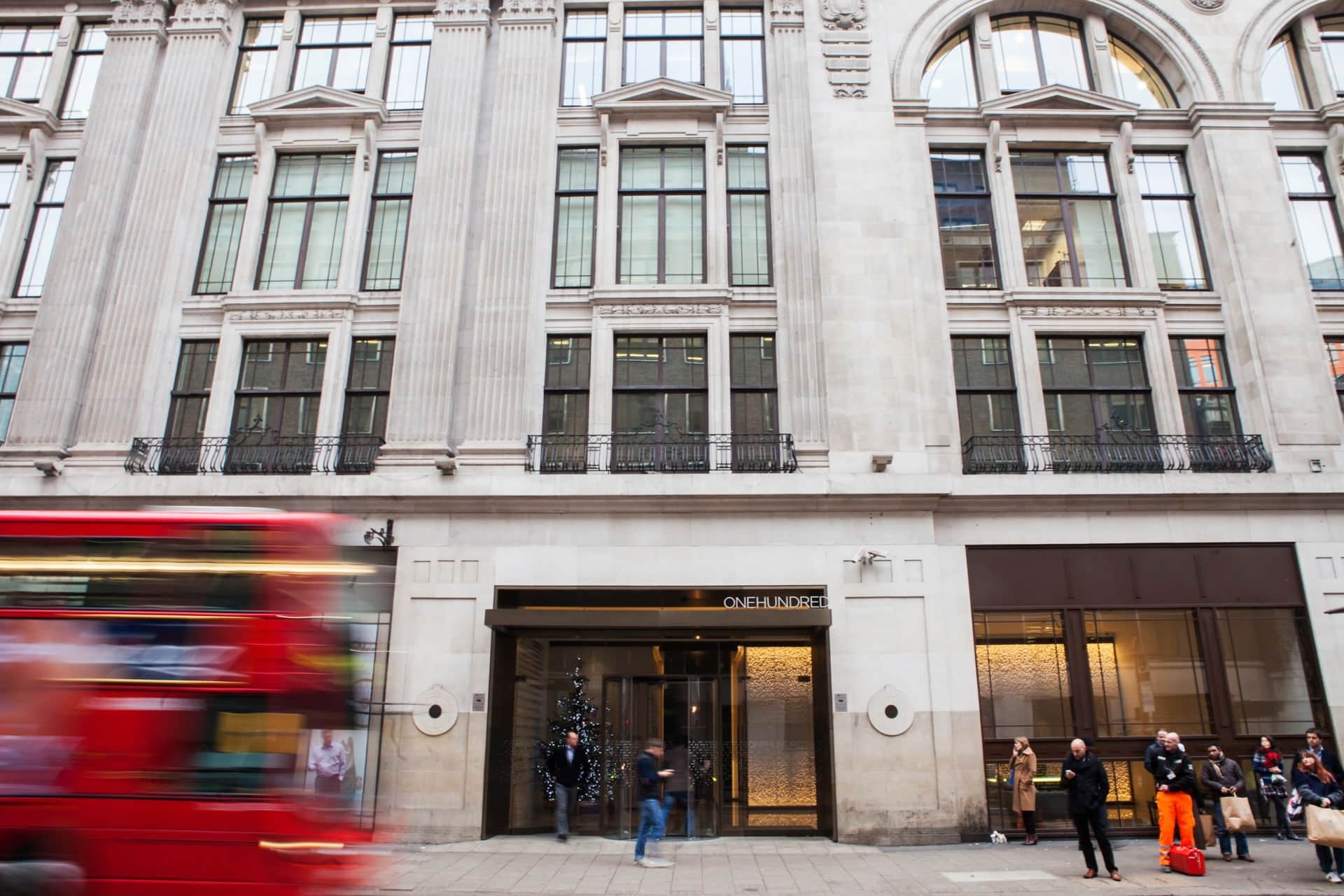This week I’m attending a big live event that was put together by the wonderful Janet Murray specifically for business owners who are ready to start sharing their story with more people – i.e. get featured in the media. I’m part excited, part absolutely petrified (being in a room with and talking to virtual strangers, plus introducing yourself to a bunch of very important journalists will do that to you), but this year my motto has been all about stepping out of my comfort zone and saying “yes” to things, so there we go!
I know a lot of my fellow delegates will be taking and sharing lots of photographs on their social media channels and in their blog posts following the event, so here are my top tips on getting the most of the opportunity and taking best shots you can with your smartphone cameras!
Make sure you have enough space
It sounds obvious, but how many times have you had this annoying “your device is low on space” notification pop up just as you were about to take that all-important shot or record a video? Queue the panic, deleting apps to make up some space, and missing the moment. I know I’ve had it happen. More times than I care to admit.
So my tip number one is: before attending a conference where you are planning to take a lot of pictures to share on social media, clean up your smartphone and transfer all the photos onto your computer (here’s the blog post which tells you why regularly downloading and backing up your photos should be part of your monthly routine anyway). If after that you’re still low on space, delete the apps you don’t use, or don’t use regularly (you can install them back on after the event), and delete old voicemails and text messages.
Find good light
If you want to take great photos, nothing beats good light, especially if it’s your camera phone – no matter how advanced, they are still limited compared to DSLR cameras. If you’re outdoors, the best light would be in an open shaded area, away from direct overhead sunlight. Indoors, you’ll find your best source of light right by the windows – just make sure that whatever (or whoever) you’re photographing is facing the light source.
Use the better light whenever you can – taking selfies with other attendees, photographing goodie bags, food, “action” shots of other people interacting.
Of course, if you’re photographing speakers on stage, you can’t exactly ask them to move into the better light. In this case, you can try and take advantage of various more advanced smartphone apps, which allow you to change your settings (Manual is a great app starting from iPhone 6 and above) or utilise Instagram and VSCO filters to make photos look more attractive. If all else fails, convert to black and white!
Tap to set focus and exposure
The smartphones are clever, but more often than not they need your helping hand. Instead of just pointing your phone towards the thing or the person you want to take the photo of, take control. This could be as easy as simply tapping on your screen and telling your phone where to focus. Most modern phones will now also blur the background around your main point of focus, so utilise that for better visual impact too.
You can take it one step further and use exposure compensation function to make the picture brighter or darker.
On the iPhone, tap and hold until a little sun appears, and then drag up (make brighter) or down (make darker). On an Android phone, you might have to dig more into the settings and play with HDR/Spot Metering controls.
The exposure compensation function is especially useful in mixed lighting situations or when the person you’re photographing has a window or another source of bright light directly behind them.
Fight blurry photos
There’s no avoiding it: event venues can be dark. As a result, your camera phone pictures may come out blurry. Blurry photos usually happen when there’s not enough light and the camera’s shutter stays open for longer to let more of it in – and as a result, any movement, either from your subject or from your hands, will be recorded blurry.
While there are no ways you can beat it completely (and your mobile phone flash is not going to do much good in a large event scenario), you can use a couple of tricks to reduce camera shake.
Start with some pretty old-fashioned techniques that will literally stop your hands from moving. Instead of stretching your hands out to take a picture, brace your phone by holding it in both hands and tucking your elbows into your body, or resting your elbows on a table. You can also reduce camera shake by using the physical volume buttons on the side of your phone to take the shot.
Take portrait and landscape photos
While portrait (vertical) camera phone photos are great for sharing on Instagram (especially in Stories), if you are planning a post-event blog post, I would recommend also taking a bunch of landscape (horizontal) orientation photos of the same scene. Those will look much neater and more professional on your blog, and work better on Twitter and Facebook too. If that’s too much, aim for square photos of everything for consistency!
Capture the mood & the action
To capture the mood of the event, get in close (or zoom in – but not too much otherwise you’ll start getting blurry photos – the more you zoom in on your smartphone, the more pronounced camera shake becomes) and capture people individually or in small groups. Wait for an interesting moment to happen – people looking up, laughing, talking to each other, writing something down, pointing to something, and generally enjoying themselves.
Tell the whole story
If you’re taking pictures for a post-event blog post, think about the complete story you’re trying to tell, from beginning to end. Photograph the venue – both outside as you come in, and inside (take a wide shot of the action). Get the details such as your name badge, the goodie bag, the workbooks, the feedback cards, as they will add a real flavour to your story and make your readers feel that they were there with you.





solid advice, was literally bracing my phone filming and taking stills in a lavender field and wishing I’d brought Gorillapod! Have also used phone to avoid scaring subjects at a seniors’ tea dance who had recoiled from my camera or started gurning at it…